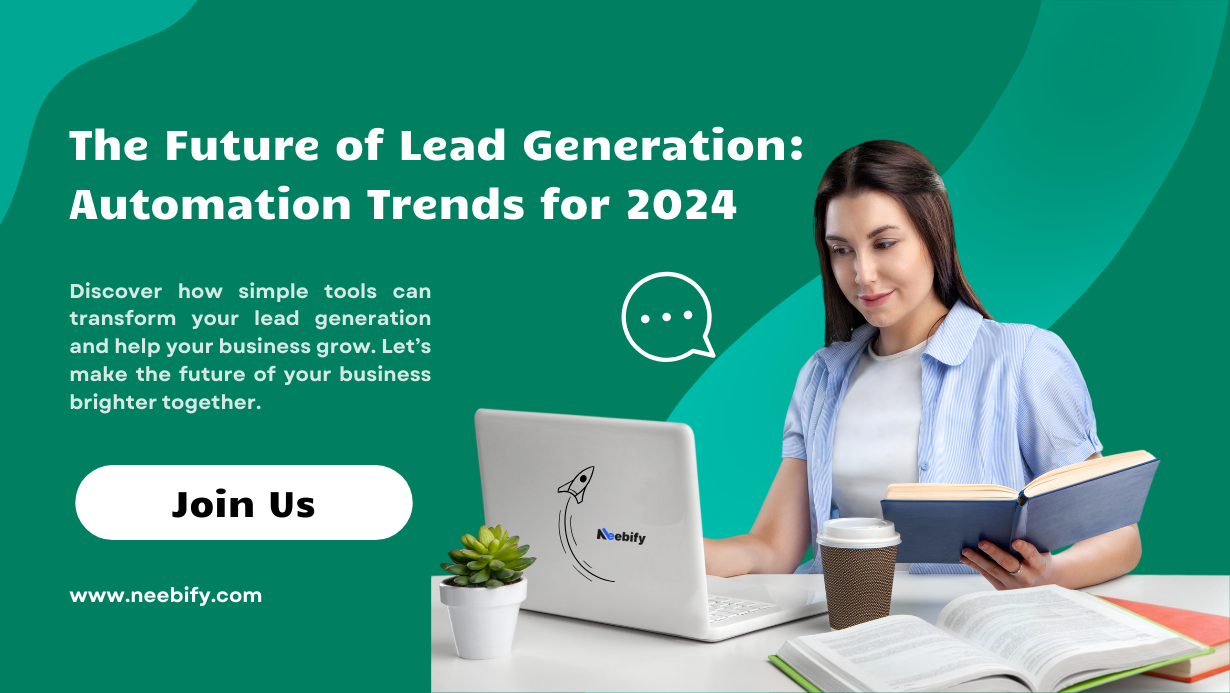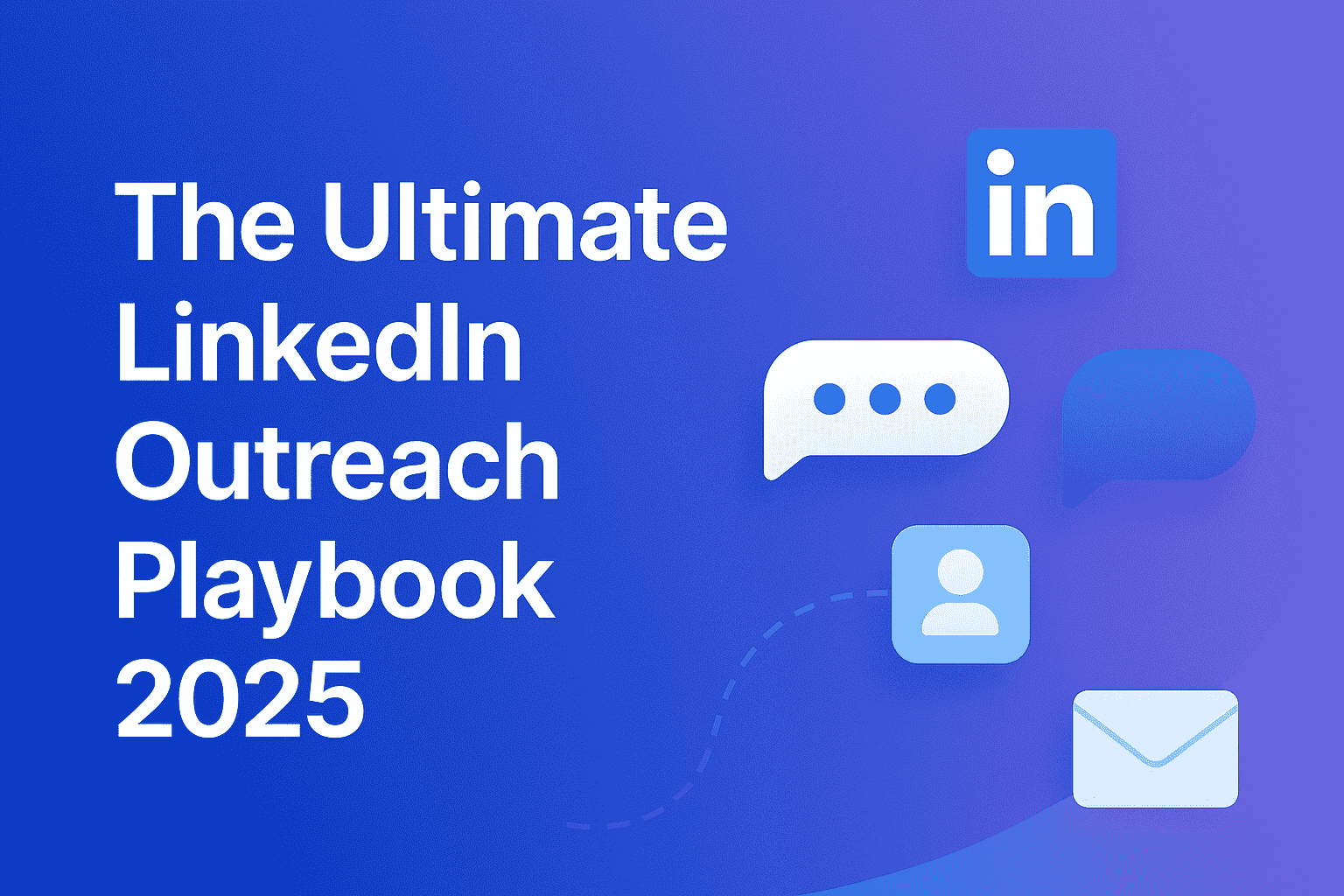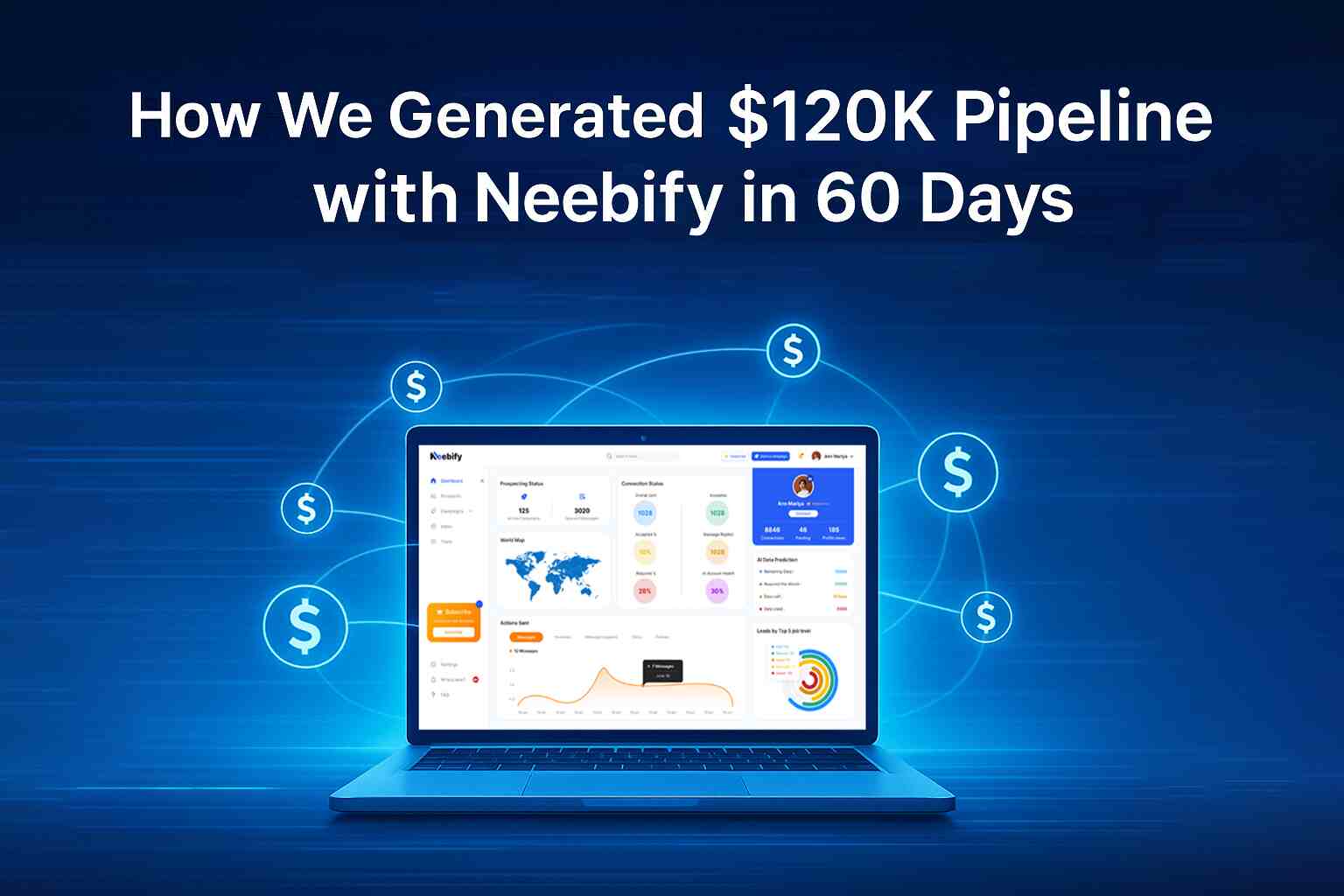Table of content
The Future of Lead Generation: Automation Trends for 2024
What is Lead Generation?
Lead generation is a core part of marketing, dealing with the creation of interest in potential customers and turning them into interested leads. In other words, it is about finding people who could potentially be interested in your product or service and persuading them to engage with your brand.
Lead generation usually entails some strategies that involve capturing information about prospective customers, such as their names, e-mail addresses, and phone numbers. This information is thereafter used to nurture the lead through the sales process in hopes of later converting them into paying customers. The most common strategies concerning lead generation include content marketing, social media campaigns, e-mail marketing, and pay-per-click online advertising.
Lead generation helps to build a pipeline of prospects who could turn into customers in the near future, providing a continuous flow of new business opportunities. Effective lead generation strategies will help the company enormously in its growth by creating a continuous stream of prospects likely to result in a purchase.
The Future of Lead Generation: Automation Trends for 2024
With 2024 fast approaching, the world of lead generation is going to change quickly because of advancements in automation technology. Here are the major trends that are forecasted to shape up in the future for lead generation:
- Advanced personalization due to automation
Personalization has become the key to successful lead generation. With individual lead data, automation tools are increasingly capable of delivering highly personalized experiences. For example, marketing automation platforms are able to segment leads by categories so their messages and special offers are relevant to a lead's interests or behaviors.
2024 will further personalize with greater refinement. The automation tools will give a better insight into the preferences and behaviors of the leads. Businesses will be in a position to create more relevant content and make it more engaging, hence increasing the chances of finally converting a lead into customer.
2. AI-lead scoring and qualification
Artificial intelligence changes businesses' methods of catching and leading possible sales. AI-powered tools check large piles of bits to figure out which leads are best. An impressive score is given for good, and users are accurately qualified by behaviors, history, and distribution.
Artificial intelligence is expected to bring big improvements to businesses relying on customer data, including sales, marketing, and through automation can get more lead scores. For instance, such programs can recommend whether a lead is worth pursuing based on their website behavior and engagement history. The move should make the team more productive, and increase sales.
3. Conversational AI and Chatbots Rapid Growth in future
Chatbots and conversation AI (which are the parts of automation) can change the way businesses engage with their leads. These technologies enable real-time conversations with prospects and automate the process of answering immediate queries and guiding them through the sales process.
In 2024, chatbots will be more advanced with the introduction of NLP (Natural Language Processing) capabilities that enable the understanding and responding to complex questions. Now, chatbots will be able to qualify leads, schedule appointments, and give personalized recommendations—all while the bot engages the lead non-stop. In this way, an improved customer experience can be guaranteed, as well as an increase in conversions.
4. Better Predictive Analytics
Predictive analytics is a feature of automation that uses historical data and statistical algorithms to make predictions about the future. Through lead generation, predictive analytics can help identify those leads most probable to convert, given past interactions and trends.
Next year is going to be an empowering year for predictive analytics tools to become even more powerful and at the fingertips of businesses for further insight into lead behavior and preferences, so that more effective tailoring of marketing activities is done. Thus, one can get more accurate targeting with better lead conversion rates.
5. Seamless Integration of CRM and Marketing Automation
The need to have CRM integrated with marketing automation platforms is quickly growing. Integration of the two solutions will help transfer data seamlessly between marketing and sales teams for a complete view of the lead journey.
CRM and marketing automation tools will provide stronger integration in 2024, enabling businesses to put lead generation efforts into better synchronization. This will ensure that sales teams have access to updated information and can engage with leads in a more informed and strategic manner.
Why Lead Generation Marketing is Important for the Coming Decades?
There are several grounds that prove lead generation to be one of the most critical aspects of marketing:
1. For Higher Business Growth
The greatest purpose of lead generation is that it produces more sales and money for your company. When you create more successful leads, you can improve your conversion rates and shorten your sales path. Moreover, you are able to look for new opportunities due to some tools. That way you can enhance your consumer base, revenue, and profits.
2. Customization of Changing Consumer Behavior
Consumers are constantly changing their behavior with time because of new technologies and changing preferences. This gives place to new trends in lead generation methods. Only new technologies and new platforms will give a business the relevance it needs to reach potential customers where they are most active.
3. Improve Customer Experience
This means that lead generation is not only a customer activity, but it also leads potential customers to a positive experience.Personalization and automation may further make the experience of the prospect more compelling and satisfactory. This is going to build trust and increase your opportunity to convert.
4. Insight driven by data
The increased availability of data and corresponding advanced analytical tools have ushered in the change in business decision-making. Lead generation primarily works based on data availability in order to target a set of potential customers. Leveraging data-driven insights, a company can optimize its
lead generation efforts and make better decisions.
The Most Popular Platforms and Tools for Lead Generation Marketing:
1. Social Media Platforms
Social media platforms are growing and will remain solid lead generation assets. These platforms were developed with wide-ranging targeting options for businesses to target their set demographics based on interests. Social media will continue as a significant player and leading source of lead generation through 2024 as features are updated and advertising options evolve to augment its potency.
Example: Facebook, Instagram, etc.
2. Content Marketing Platforms
Content marketing remains a core part of lead generation. Content creation and dissemination mechanisms, such as blogs, webinars, and e-books, greatly contribute to attracting and engaging prospects. The need to develop valuable, relevant content is a constant when capturing leads and striving to drive conversions.
Example: Youtube.
3. Email Marketing Platforms
Email marketing is one sure technique for lead generation. More so, state-of-the-art email marketing platforms that are available in the market right now are already equipped with advanced features like automation, segmentation, and analytics. In 2024, these platforms continue to escalate, providing businesses with more tools to create targeted and effective email campaigns.
Example: Octopus, Zoho, etc.
4. CRM and Marketing Automation Tools
CRM and marketing automation tools are necessary for the overall management of lead generation activities and their optimization. These platforms enable businesses to track and nurture leads throughout the sales funnel. In 2024, CRM and marketing automation tools will be much more advanced in terms of features and integrations, making it much easier for businesses to streamline their lead generation processes.
Example: Hubspot, Woopra, etc.
5. Chatbot and Conversational AI Platforms
Lead generation with replies from chat/ conversational AI is reported to be dramatically high. These platforms bring forth real-time, automated interactions that increase engagement with leads, thereby improving conversion rates. By 2024, chatbot and conversational AI technologies will further develop to provide more complex and human-like interactions.
Example: Mailchimp, Pardot, etc.
Conclusion
Currently and in the future, the way that businesses generate leads will be determined by recent innovations in technology and automation. Lead generation strategies for the year(s) 2024 will largely be based upon the continuing development of capabilities such as AI-driven lead scoring, complex personalization, and predictive analytics. There will be long term sustainability in the smooth operations of your leadyspeaking program for business through customer connection.
Get your next meeting in a
matter of minutes.
Free Trial
Latest
The Ultimate LinkedIn Outreach Playbook 2025
A practical, modern guide to mastering LinkedIn outreach in 2025 — learn how to boost reply rates, p
12/1/2025How to Find 100 ICP Leads Without LinkedIn Sales Navigator
Generating 100 targeted ICP leads doesn’t require LinkedIn Sales Navigator. Learn how to leverage fr
11/28/2025


